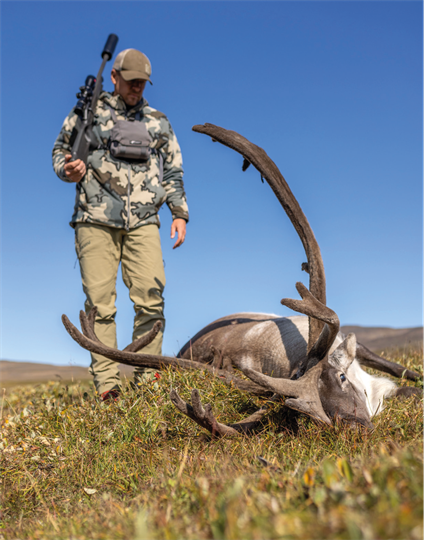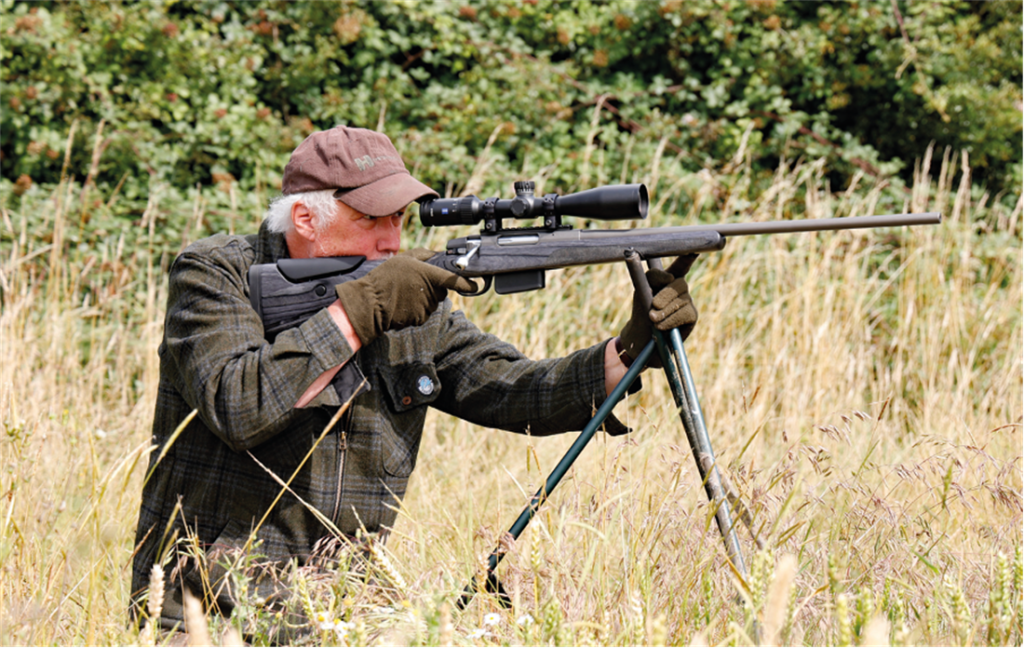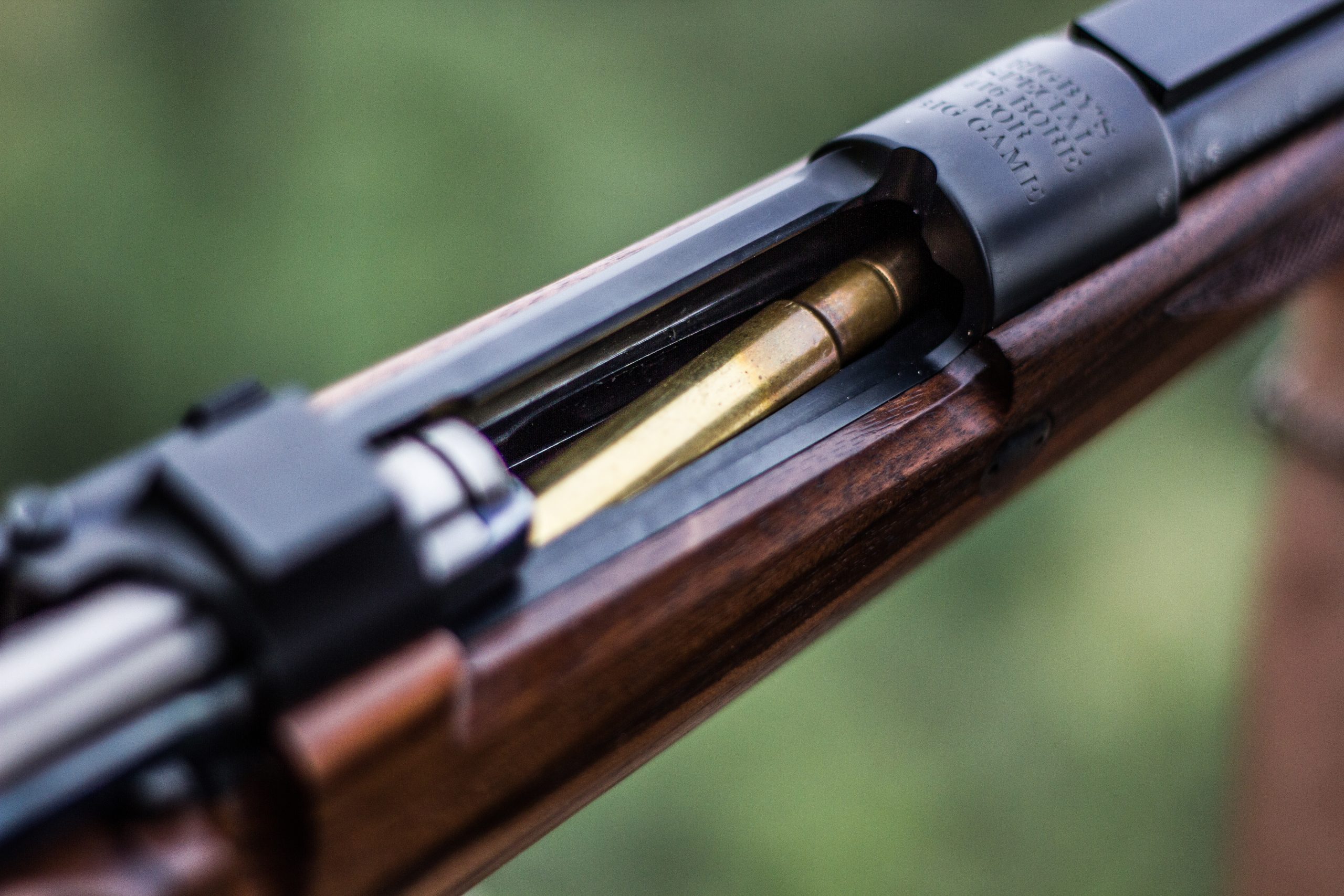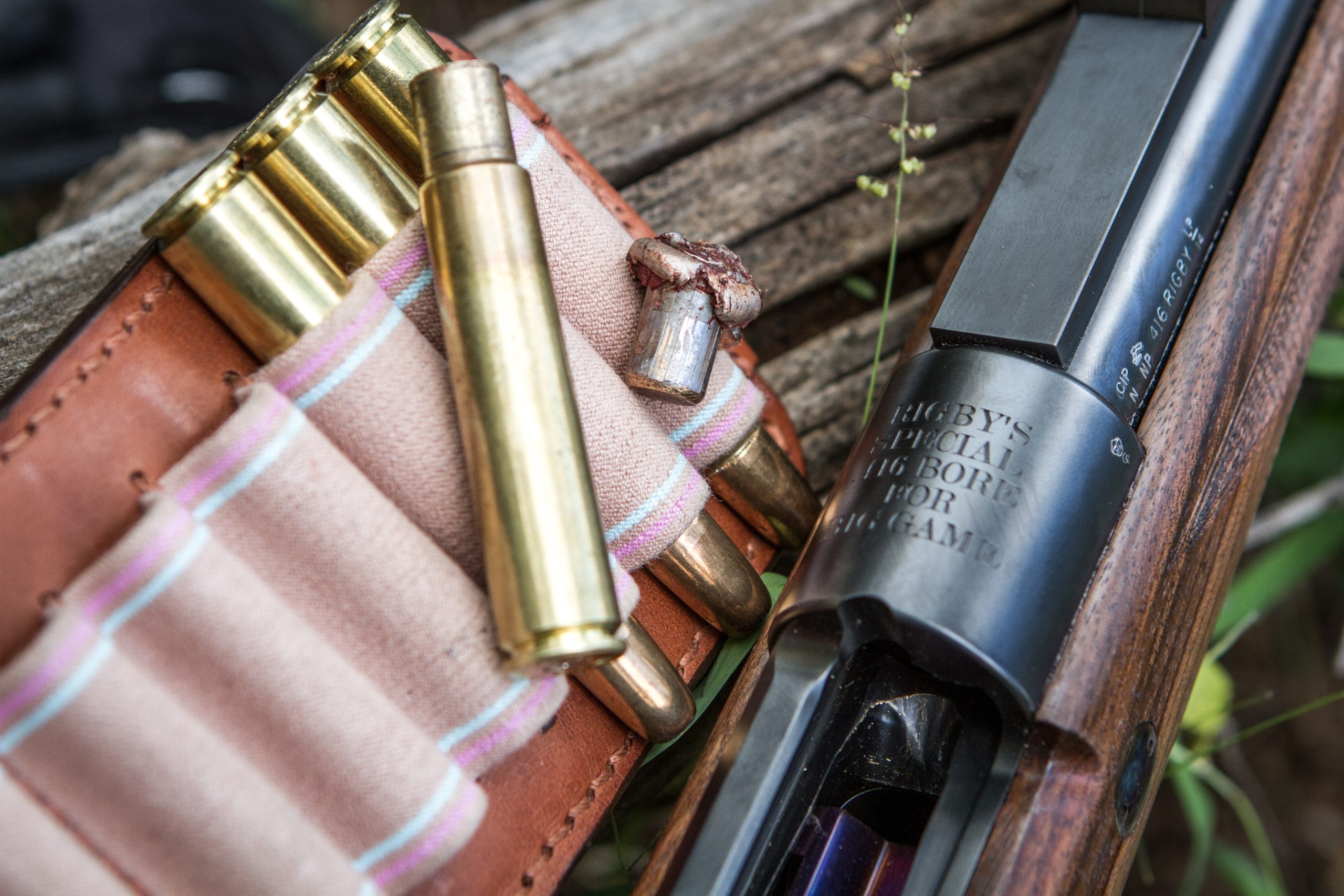Sako 6 species – sika fact file
A wealth of information about sika deer compiled into one article; find out how sika deer breed, feed and interact, and the open seasons for sika deer credit: Archant Species history, population and distribution Sika deer is an introduced species originating from the Far East, where 13 different races are recognised. The sika deer present
Would you like to appear on our site? We offer sponsored articles and advertising to put you in front of our readers. Find out more.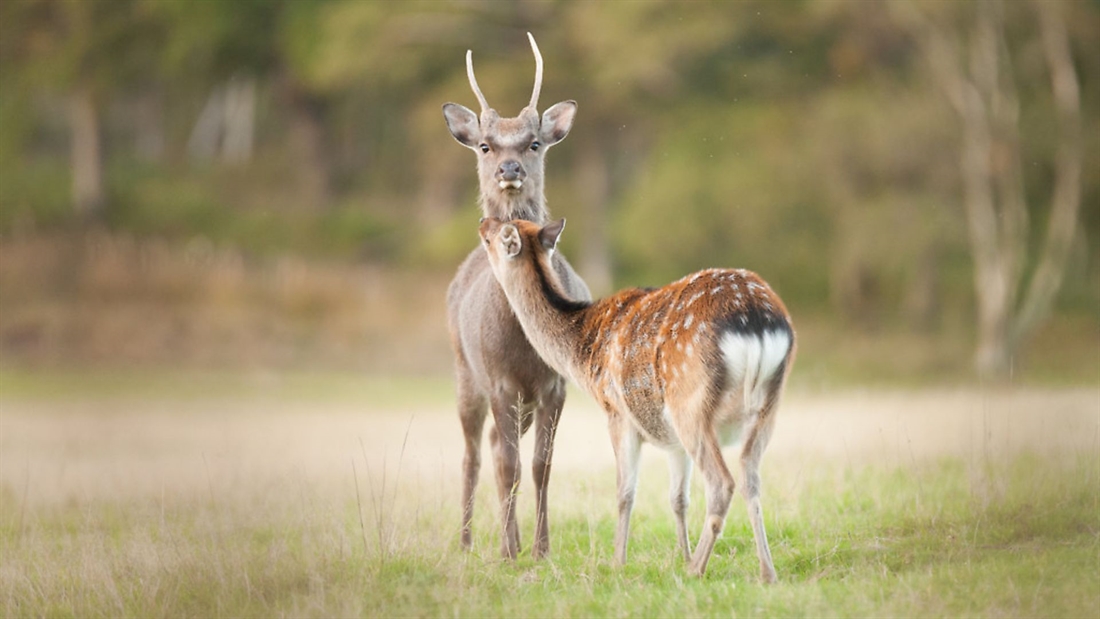
A wealth of information about sika deer compiled into one article; find out how sika deer breed, feed and interact, and the open seasons for sika deer
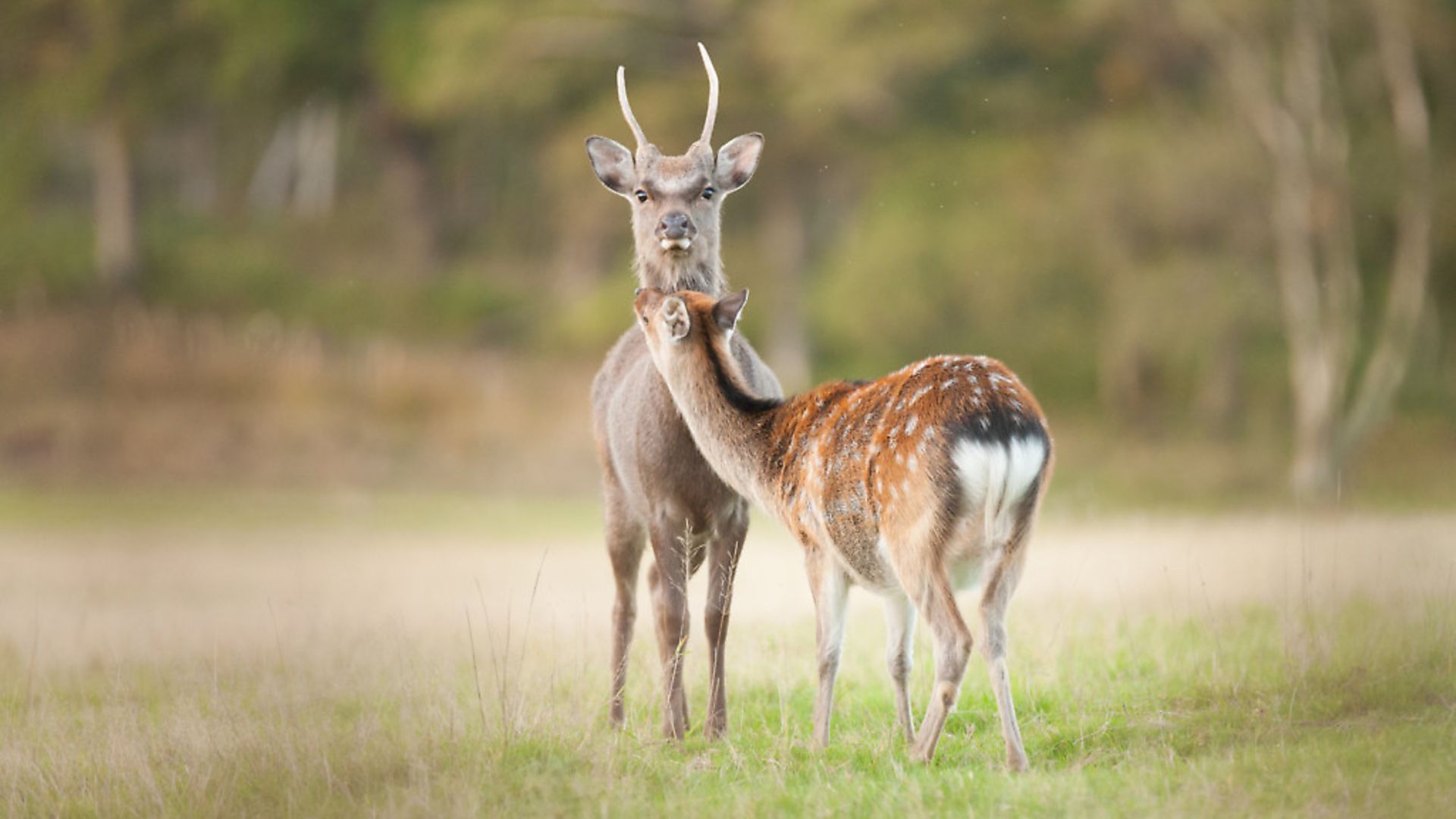
Species history, population and distribution
Sika deer is an introduced species originating from the Far East, where 13 different races are recognised. The sika deer present in the UK today are Japanese in origin; the first to reach the UK are thought to be a pair presented to the Zoological Society of London in 1860, while a stag and three hinds were imported to Powerscourt Estate in Co. Wicklow, Ireland, in the same year. These formed the source for a number of deer parks throughout England and Scotland from which subsequent escapes, especially during the two World Wars, and deliberate releases in the New Forest, the Forest of Bowland and Kintyre, formed today’s feral population. This suggests that almost all sika in England, Scotland and Ireland today could be descendants from the same five original imports.
The UK population of sika was estimated to be around 11,500 in 1995 (Harris et al), with the vast majority of that number (9,000) found in Scotland. A significant increase in UK-wide bag numbers from the 1980s to today reflects their increasing abundance and ongoing expansion. The most noticeable bag increases were shown in Scotland; England’s stayed more consistent.
Sika deer are widespread and increasing in range and numbers across northern and western mainland Scotland, and in the Scottish Borders. In England, there are some concentrated populations in Cumbria, Lancashire and Hampshire/Dorset; scattered colonies can be seen in the south-east and north-west, and some in Northern Ireland.
Sika deer are known to hybridise with red deer, especially on the edges of populations where numbers are sparser and species come into contact with one another. Though the first instance of interbreeding is rare, once an initial cross has been established, further introgression is rapid. Difficulty distinguishing hybrid stock from pure-bred stock means selective culling cannot be used as a management tool, and thus the genetic integrity of native red deer is threatened (the non-native sika are included in Schedule 9 of the Wildlife and Countryside Act 1981, which is intended to prevent their release into the wild). Following skull analysis, it has even been suggested that the only pure population of sika is found in Peebleshire, because the initial introduction of the species in that area came directly from Japan and there are no red deer with which to cross-breed; the rest of the Scottish population has extensively hybridised with native red deer.

Appearance, antler formation, and behaviour
Sika deer are similar in size and coat colour to fallow, but are slightly smaller and slightly darker. Stags grow to 70-95cm at the shoulder and weigh 40-70kg, while hinds grow to 50-90cm and weigh 30-45kg – this can be dependent on subspecies. Their coat is a yellow/brown colour with white spots, a dark dorsal stripe in summer and a white rump patch much like that of a roe. They darken to brown or black in winter with faded or absent spots. Their tails are shorter and have a less distinct stripe than fallow. They have a distinctive white gland on the lower part of the hind leg. Their heads are small in comparison to the rest of their body.
Sika antlers are widely spaced, with a maximum of eight points. They are similar in appearance to red deer antlers, but will not grow as many points and show an angle of around 45 degrees between the first point and the main antler beam, as opposed to the 90 degrees shown on reds. Sika antlers also differ from red deer antlers in that there is no bey tine; the presence of a bey tine can indicate a hybrid. Antlers are cast from April and are re-grown and cleaned by August.
Although sika deer are identified as herding animals, their social structure varies greatly. It is common to see much smaller single-sex groups (for example a hind, her yearling and her calf, or small groups of stags), and very large groups are often the result of prolonged hard weather, continual disturbance, or an abundant food source. Hinds tend to maintain small ranges, sometimes only covering about 1-2km a year, while stags are much more mobile (colonisation by stags can precede the appearance of hinds by up to 10 years). Sexes remain segregated and only tend to come together during the rut to mate. Stag groups tend to form a hierarchy based on age, size and aggression, while hinds are matriarchal and tend to be led by a dominant female.
Their preferred habitat is woodland or thicket, and they will graze on nearby open areas such as farmland and moorland. The sika diet consists of dwarf shrubs, tree shoots, bark, heather and grasses. They can, in high numbers, cause considerable damage to agriculture and woodland. Sika deer can live for up to 18 years.
The rut and reproduction
The rut occurs from the end of September up until November, though rutting activity can be seen as early as August and as late as December. Typically, stags will defend a rutting territory or stand around wallows where hinds are visiting, but can also form harems and, less commonly, seek hinds out for opportunistic mating. During the rut, stags will groan, blow raspberries, ‘yak-yak’, and emit an eerie high-pitched whistle or a startling scream. Damage to trees may also be caused during the rut by thrashing.
Sika females give birth to one calf every year around June/July, over a breeding life of 10-plus years. Due to the females being polyestrous (coming into season repeatedly if they fail to conceive the first time) calves will sometimes be born as late as September; this can also occur if the hind is very young and fails to reach the minimum conception weight until after the main rut. Embryo development begins immediately after conception, with a gestation period of seven and a half months. Most hinds cease lactation by December, with some continuing into February. Survival rates for calves, at about 50-90%, are very good.
Open season for sika
England and Wales Scotland Northern Ireland
Stags 1 Aug – April 30 1 July – 20 Oct 1 Aug – 30 April
Hinds 1 Nov – 31 March 21 Oct – 15 Feb 1 Nov – 31 March
Related articles
AN ICELANDIC SAGA
A wealth of information about sika deer compiled into one article; find out how sika deer breed, feed and interact, and the open seasons for sika deer credit: Archant Species history, population and d...
By Time Well Spent
AFFORDABLE INNOVATION
A wealth of information about sika deer compiled into one article; find out how sika deer breed, feed and interact, and the open seasons for sika deer credit: Archant Species history, population and d...
By Time Well Spent
Get the latest news delivered direct to your door
Subscribe to Rifle Shooter
Elevate your shooting experience with a subscription to Rifle Shooter magazine, the UK’s premier publication for dedicated rifle enthusiasts.
Whether you’re a seasoned shot or new to the sport, Rifle Shooter delivers expert insights, in-depth gear reviews and invaluable techniques to enhance your skills. Each bi-monthly issue brings you the latest in deer stalking, foxing, long-range shooting, and international hunting adventures, all crafted by leading experts from Britain and around the world.
By subscribing, you’ll not only save on the retail price but also gain exclusive access to £2 million Public Liability Insurance, covering recreational and professional use of shotguns, rifles, and airguns.
Don’t miss out on the opportunity to join a community of passionate shooters and stay at the forefront of rifle technology and technique.



